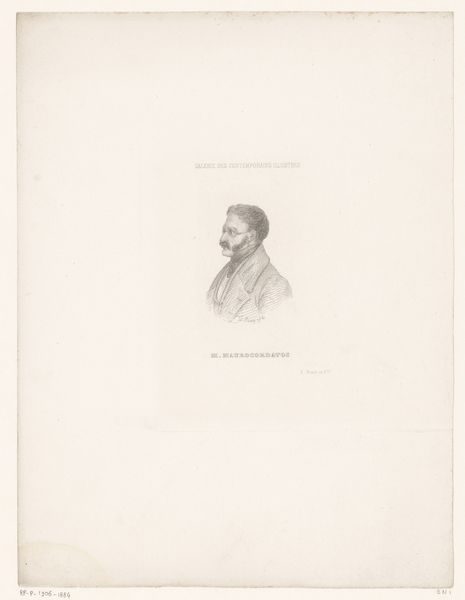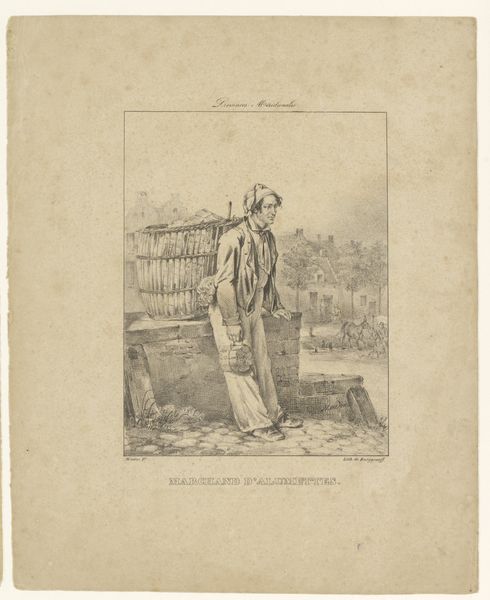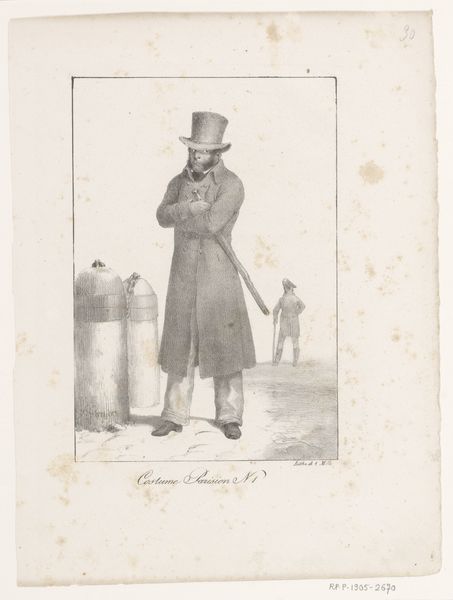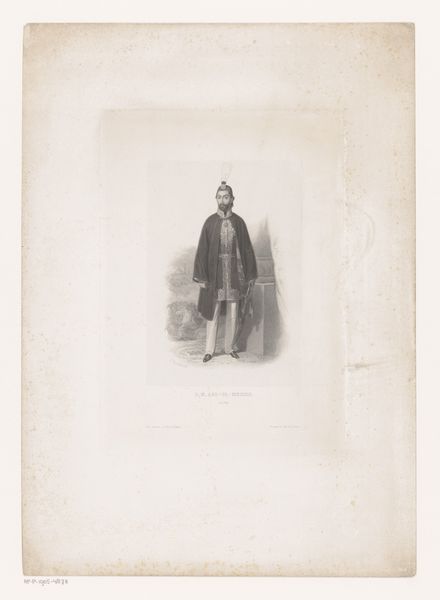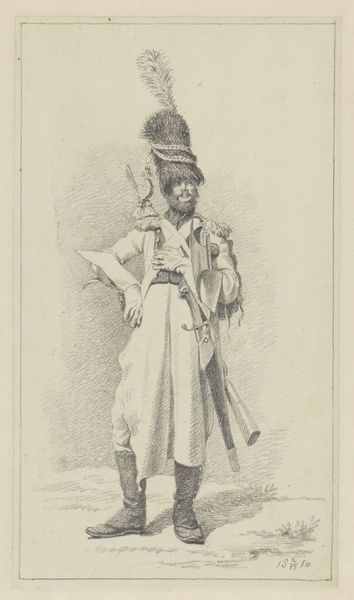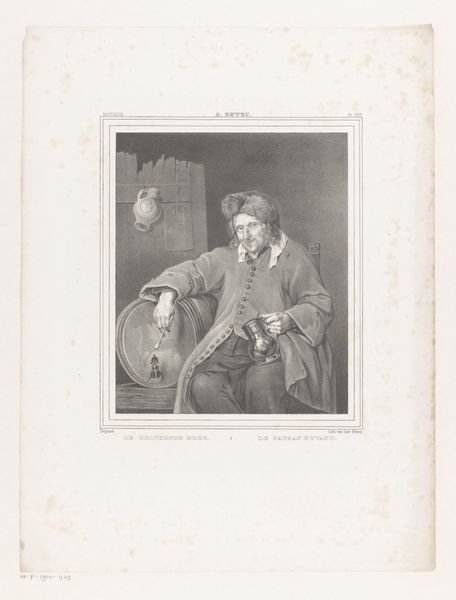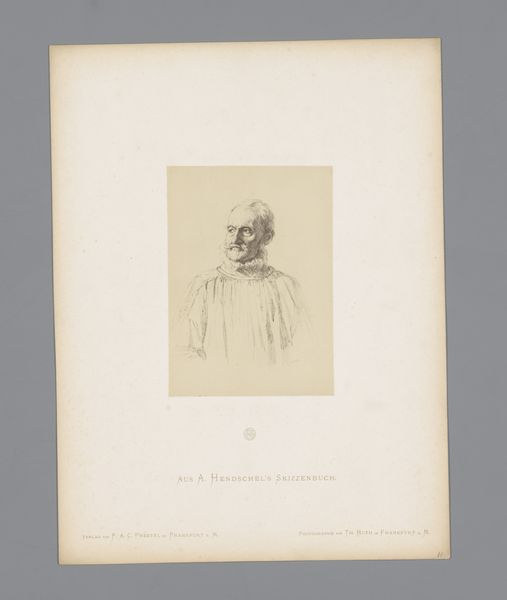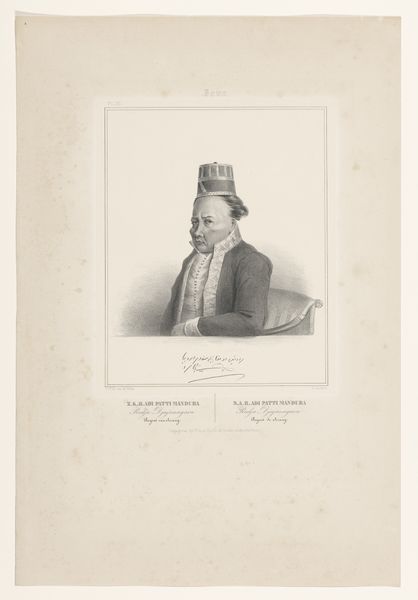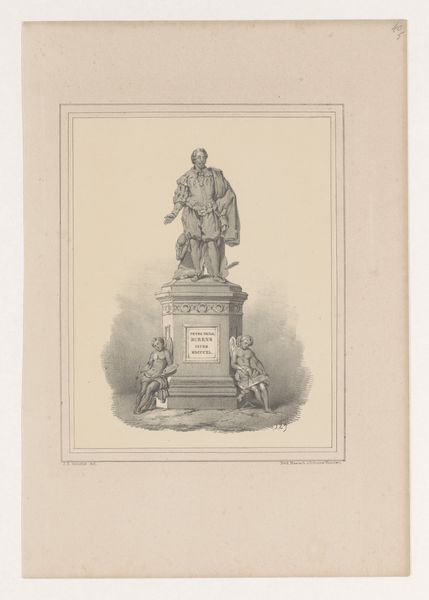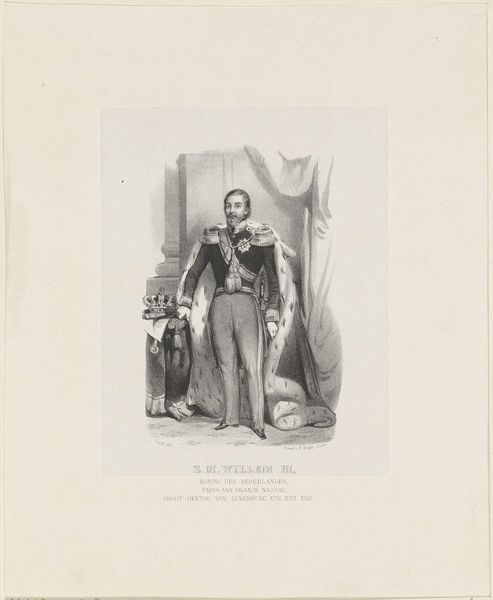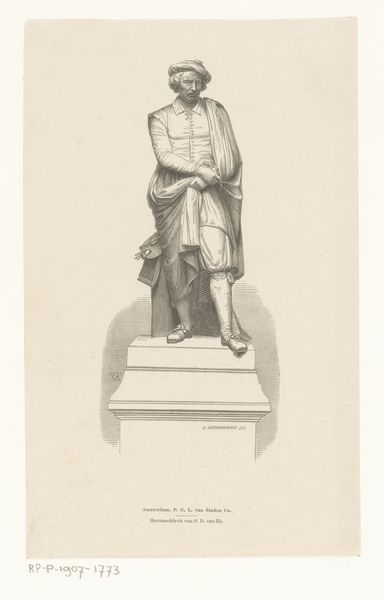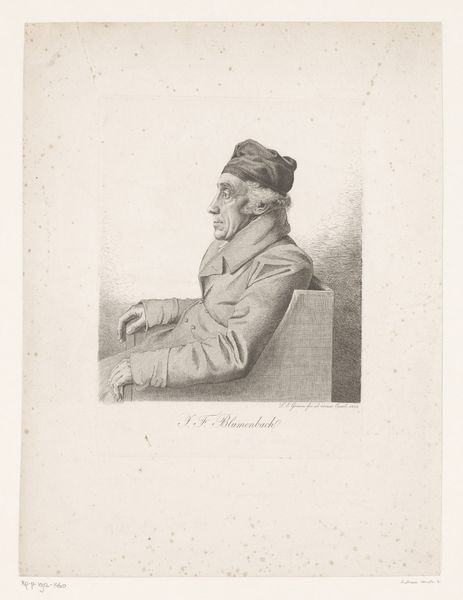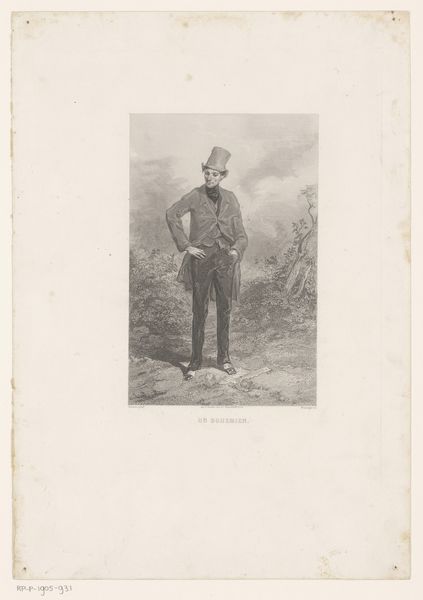
engraving
#
portrait
#
old engraving style
#
orientalism
#
academic-art
#
engraving
Dimensions: height 420 mm, width 335 mm
Copyright: Rijks Museum: Open Domain
Curator: Looking at this portrait, there is something about the gaze of the subject that draws me in, almost melancholic despite his regal bearing. Editor: Let's dive into the context surrounding this engraving. The piece is entitled "Portret van Raja Sourindro Mohun Tagore," dating approximately from 1855 to 1902, created by Joseph Arnold Demannez. Its medium, engraving, lends itself to a meticulous and formal representation, which likely mirrors the intended message. Curator: Yes, the details are striking, particularly the ornamentation. However, I can’t help but consider how images like this might participate in the colonial gaze. Was it made to reinforce power dynamics of the time, perhaps exoticizing the sitter and creating a spectacle for a Western audience? How do you view it? Editor: Absolutely, that’s a crucial lens through which to examine this work. The politics of imagery during the colonial era is impossible to ignore here, in terms of institutional power, Orientalism and art’s public role. Demannez probably operated within a structure promoting certain ways of seeing and representing colonized populations. He wasn't an Indian artist portraying an Indian man. This impacts the viewing experience of the modern public and their access to it as an object in the history of that gaze. Curator: Right. And if we consider the artist's position and likely European audience, the academic-art style employed becomes a way of solidifying colonial perspectives under the guise of objectivity, doesn’t it? A very common representational shortcut. Editor: Precisely! The 'objectivity' you pinpoint masks a great deal of subjective power. The choice to represent Raja Sourindro Mohun Tagore through this style reflects a decision to assimilate him into a Western aesthetic framework, implicitly asserting its dominance. Curator: Seeing this portrait today challenges me to consider representation not merely as documentation, but as a performance of power. The sitter becomes a participant of his own spectacle, doesn't he? What kind of message do you feel it sends nowadays? Editor: It demands that we actively deconstruct the assumptions embedded within it. By understanding the artwork within its social, cultural, and institutional context, we may view Raja Sourindro Mohun Tagore more acutely, as a sign of the troubled and conflicted history between Europe and India, including an intersectional understanding of politics and power. It has the potential to engage the audience today, given these considerations, by inviting questions on history and ethics of power.
Comments
No comments
Be the first to comment and join the conversation on the ultimate creative platform.
